| Description |
- Transmission Medium: Used for analog video transmission.
- Construction: Typically consists of a solid copper or copper-clad steel conductor with insulation and shielding.
- Impedance: 75 ohms impedance, suitable for analog video signals.
- Connectors: Often equipped with BNC connectors for video equipment.
- Compatibility: Compatible with devices using analog video signals.
- Signal Quality: Suitable for analog video but may not be optimal for HD or digital signals due to higher signal loss.
- Applications: Commonly used in older CCTV systems and analog cable television.
|
- Transmits analog video signals between devices
- Separates video signal into luminance and chrominance components for better image quality
- Connector typically has four or seven pins, depending on type
- Commonly used for connecting DVD players, VCRs, gaming consoles, and older TVs
- Provides a simple and effective solution for analog video transmission
|
- Connector Type: BNC (Bayonet Neill-Concelman) for secure connections.
- Construction: Coaxial cable with BNC connectors.
- Shielding: Multiple layers to minimize interference.
- Impedance: Typically 75 ohms for standard video applications.
- Compatibility: Compatible with cameras, monitors, DVRs, etc.
- Applications: Used in surveillance, broadcast, and professional AV setups.
|
- Connector Conversion: BNC to RCA
- Compatibility: Professional to Consumer Devices
- Construction: Durable Materials
- Use Cases: Surveillance to Home Entertainment
- Easy Installation: Plug and Play
- Signal Quality: Maintained with High-Quality Cables
|
- Converts S-Video signal to RCA (composite) video signal
- Allows connection of devices with S-Video output to devices with RCA input
- Typically features S-Video input and RCA (yellow) video output
- Useful for connecting DVD players, gaming consoles, or camcorders to older TVs or VCRs
- Does not transmit audio signals (additional cables may be needed for audio)
|
- Long-distance, high-performance signal transmission.
- Multiple layers of shielding for minimal interference.
- Compatible with CATV, satellite TV, and broadband internet.
- Ideal for long-distance data transmission.
|
| Content | RG59 coaxial cables are a type of communication cable commonly used for analog video transmission. Here's a brief description:
- Transmission Medium: RG59 coaxial cables are primarily used for analog video transmission, commonly found in older CCTV systems, analog cable television, and some residential video applications.
- Construction: These cables typically consist of a solid copper or copper-clad steel conductor surrounded by insulation, a metallic shield, and an outer insulating layer. The shielding helps minimize signal interference and ensures efficient signal transmission.
- Impedance: RG59 cables typically have a characteristic impedance of 75 ohms, which is suitable for analog video signals.
- Connectors: They often feature BNC connectors, which are commonly used for coaxial connections in video applications. BNC connectors provide a secure and reliable connection for video equipment.
- Compatibility: RG59 cables are compatible with devices that use analog video signals, such as older CCTV cameras, analog monitors, and analog video recorders.
- Signal Quality: While RG59 cables are suitable for analog video transmission, they may not be optimal for high-definition (HD) video signals or digital data transmission, as they have higher signal loss compared to newer coaxial cable standards like RG6.
- Applications: RG59 coaxial cables are primarily used in legacy video systems where analog video signals are still prevalent. However, they are gradually being replaced by newer cable standards like RG6 for better signal quality and compatibility with modern video equipment.
Overall, RG59 coaxial cables serve as a reliable transmission medium for analog video signals in various applications, although they may not be suitable for high-definition video or digital data transmission due to their higher signal loss. |
A standard S-Video cable is a type of video cable commonly used to transmit analog video signals between devices. S-Video, short for Separate Video or Super Video, provides better image quality compared to composite video cables by separating the video signal into two components: luminance (brightness) and chrominance (color).
The cable consists of a round connector with four or seven pins, depending on whether it's a 4-pin or 7-pin S-Video connection. These pins correspond to the luminance and chrominance signals, as well as ground connections.
S-Video cables are widely used to connect devices such as DVD players, VCRs, gaming consoles, and older TVs or monitors. They're especially popular for connecting devices that don't support newer digital video interfaces like HDMI or DisplayPort.
The cable is typically labeled with distinctive colors or markings to differentiate between the luminance and chrominance connectors, making it easy to plug in correctly.
Overall, S-Video cables offer a simple and effective solution for transmitting analog video signals with improved image quality compared to composite video cables.
|
BNC video cables are specialized cables commonly used for transmitting video signals in professional audiovisual and surveillance systems. Here's a description of their features:
- Connector Type: BNC (Bayonet Neill-Concelman) connectors are commonly used in video applications due to their secure locking mechanism, which ensures a stable connection and minimizes signal loss.
- Construction: BNC video cables typically consist of a coaxial cable with BNC connectors at each end. The coaxial design helps maintain signal integrity by reducing electromagnetic interference.
- Shielding: These cables often feature multiple layers of shielding, including foil and braided shielding, to protect against external interference and ensure high-quality video transmission.
- Impedance: BNC video cables usually have a characteristic impedance of 75 ohms, which is standard for most video applications.
- Compatibility: BNC video cables are widely compatible with various video equipment such as cameras, monitors, DVRs (Digital Video Recorders), and video switchers commonly used in surveillance systems, broadcast studios, and professional AV setups.
- Applications: BNC video cables are commonly used in security and surveillance systems for connecting CCTV cameras to monitors or DVRs. They are also used in professional audiovisual setups for transmitting video signals between different components of a system, such as cameras, video mixers, and displays.
Overall, BNC video cables offer reliable and high-quality video signal transmission, making them essential components in security, surveillance, and professional audiovisual systems.
| BNC-to-RCA adapters are connectors used to convert BNC (Bayonet Neill-Concelman) connections to RCA (Radio Corporation of America) connections, allowing compatibility between devices with different types of connectors. Here's a description of their features:
- Connector Conversion: BNC-to-RCA adapters enable the conversion of BNC connectors, commonly found in professional video equipment and surveillance systems, to RCA connectors, which are more prevalent in consumer electronics such as TVs, VCRs, and DVD players.
- Compatibility: These adapters allow devices with BNC outputs, such as CCTV cameras or professional video equipment, to be connected to devices with RCA inputs, such as TVs or monitors.
- Construction: BNC-to-RCA adapters typically have a female BNC connector on one end and a male RCA connector on the other end. They are constructed with durable materials to ensure reliable signal transmission.
- Use Cases: They are commonly used in various applications where compatibility between BNC and RCA connections is required. For example, they can be used to connect surveillance cameras to consumer-grade monitors or to integrate professional video equipment with home entertainment systems.
- Easy Installation: These adapters are simple to use and require no tools for installation. Users can easily plug the BNC end into the device's BNC output and connect the RCA end to the RCA input of the target device.
- Signal Quality: While adapters themselves do not affect signal quality, it's essential to ensure that the cables used with the adapters are of high quality to maintain signal integrity during transmission.
Overall, BNC-to-RCA adapters provide a convenient solution for bridging the gap between devices with BNC and RCA connectors, allowing for seamless connectivity in various audiovisual setups. |
An S-Video-to-RCA adapter is a simple device used to connect devices with different video output connections.
S-Video, short for Separate Video or Super Video, is an analog video signal that carries video data as two separate signals: luminance (Y) and chrominance (C). It provides better picture quality compared to composite video, which combines all video information into a single signal.
RCA (Radio Corporation of America) connectors, also known as composite connectors, are commonly found on older TVs and other audiovisual equipment. They typically consist of three connectors: one for video (yellow) and two for audio (red and white).
The S-Video-to-RCA adapter usually has an S-Video input on one end and RCA outputs (yellow for video, and possibly red and white for audio) on the other end. This allows you to connect a device with an S-Video output (like a DVD player or certain gaming consoles) to a device with RCA inputs (like an older TV or VCR).
When using an S-Video-to-RCA adapter, keep in mind that it only carries video signals. If you also need to transmit audio, you may require separate audio cables or another adapter depending on your setup.
|
- Transmission Medium: Designed for long-distance, high-performance signal transmission.
- Construction: Solid copper or copper-clad steel conductor with multiple layers of shielding for minimal signal loss and interference.
- Impedance: Typically 75 ohms, suitable for various audio, video, and data transmission applications.
- Connectors: Often equipped with F-type connectors for coaxial connections.
- Shielding: Provides high shielding effectiveness, reducing susceptibility to interference and noise.
- Compatibility: Compatible with CATV systems, satellite TV receivers, broadband internet modems, and other coaxial-based equipment.
- Applications: Commonly used in cable television distribution networks, satellite TV installations, high-speed internet connections, and long-distance data transmission setups.
RG11 coaxial cables are preferred for their superior performance and reliability in long-distance communication applications. |
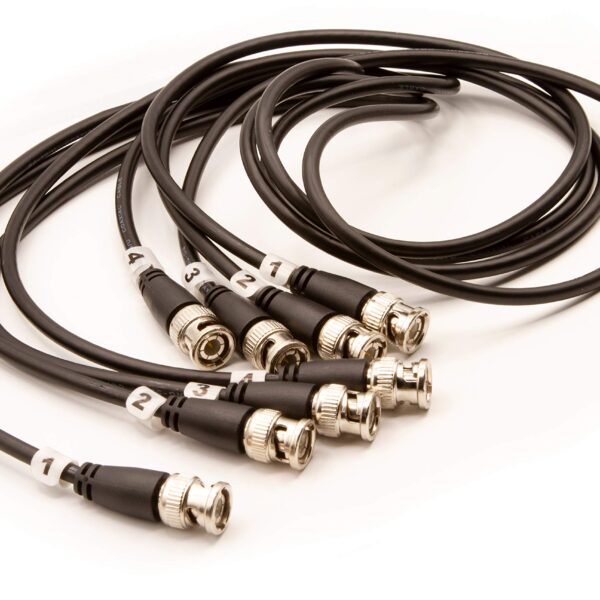
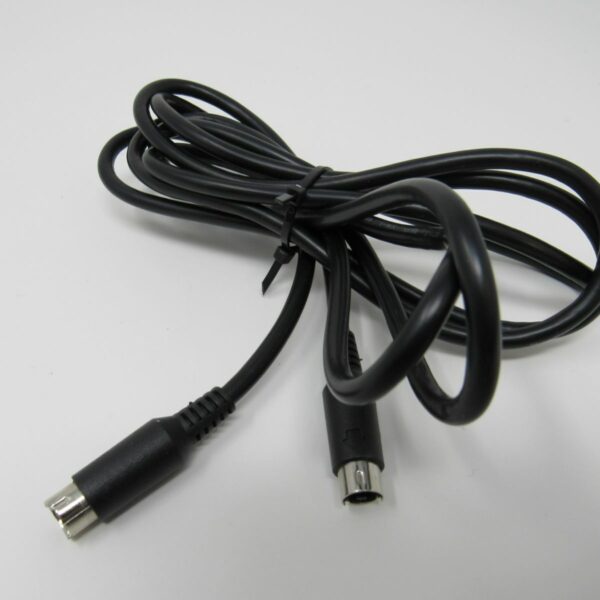
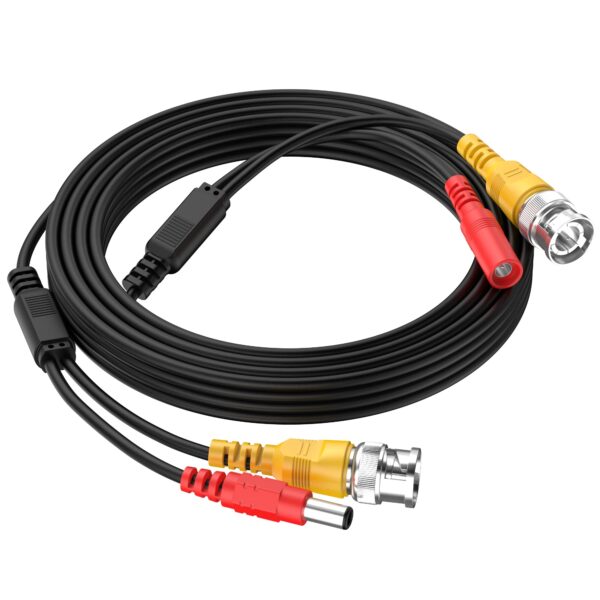
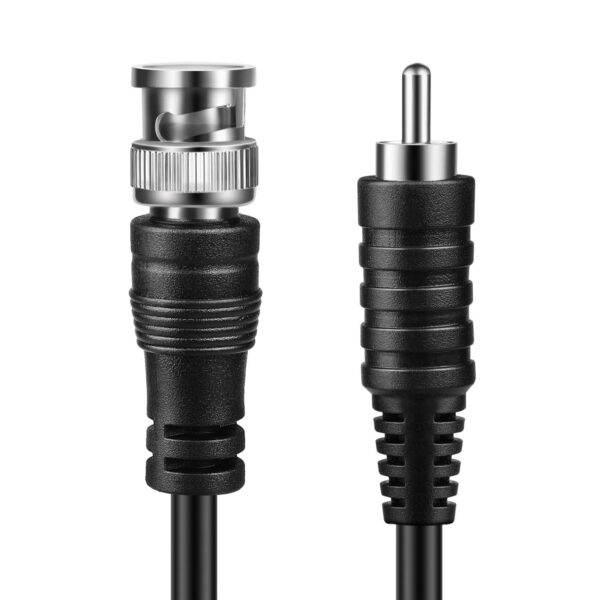
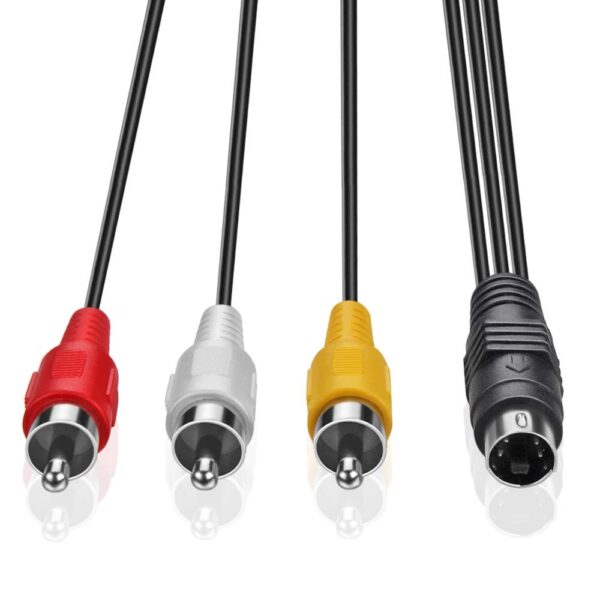

















Rating & Review
There are no reviews yet.